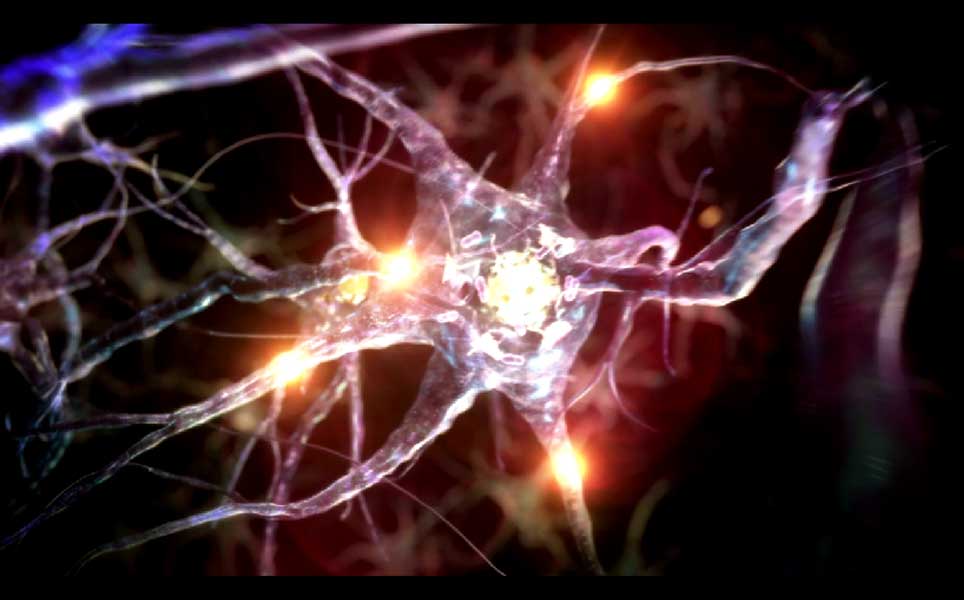

Understanding Primary Progressive Aphasia (PPA): A Neurological Condition Affecting Language and Cognition
What is Primary Progressive Aphasia (PPA)?
The neurological disorder Primary Progressive Aphasia (PPA) represents a rare degenerative condition that stops people from speaking, writing and understanding language while progressively deteriorating their communication skills. PPA develops as a condition that worsens over time because of brain tissue deterioration in essential language-processing areas.
Frontotemporal Dementia (FTD) encompasses a variety of conditions which result in the gradual atrophy of brain regions such as the frontal and temporal lobes.
The cognitive and social effects of PPA are severe because these brain regions control speech, comprehension, decision-making, behavior and personality.
Key Features of PPA:
– The main cognitive distinction between PPA and Alzheimer’s disease lies in that PPA does not produce initial memory or reasoning ability impairments.
– The primary symptom involves language deterioration as affected people face difficulties constructing sentences and understanding words while struggling to remember vocabulary.
– People aged 40 to 60 most often experience PPA making it stand out as a neurological disease that starts at a younger age when compared to typical dementias.
The 2022 diagnosis of Bruce Willis with PPA brought widespread attention to this uncommon neurological disorder thereby raising awareness about its effects on patients and their families.
Primary Progressive Aphasia and Frontotemporal Dementia (FTD)
Frontotemporal Dementia (FTD) is a neurodegenerative disorder and includes PPA which leads to neuron depletion in the frontal and temporal lobes. Frontotemporal Dementia (FTD) differs from Alzheimer’s disease because it initially impacts language abilities along with personality and behavior yet spares memory function in its beginning stages.
There are multiple alternative names used for FTD.
– Pick’s Disease represents one of the first forms of FTD that medical science identified.
– Frontal Dementia gets its name because this condition heavily impacts the frontal lobes which are essential for controlling decisions and behavior.
– Semantic dementia represents a subtype of FTD marked by progressive loss of the ability to comprehend meanings and identify objects.
Doctors have not yet developed any treatments that can stop FTD or PPA from progressing and there are currently no cures available for these conditions. Early diagnosis together with intervention leads to better quality of life while slowing symptom progression through individualized therapies and neuromodulation techniques.
The Three Variants of Primary Progressive Aphasia
Primary Progressive Aphasia represents multiple disorders that fall under three specific subtypes which impact language processing in different ways.
Nonfluent/Agrammatic Variant PPA (nfvPPA)
– Characterized by difficulty forming grammatically correct sentences .
– Speech becomes slow, effortful, and labored .
– Apraxia of speech affects patients by making it hard for them to organize the movements required for speech production.
Semantic Variant PPA (svPPA)
– The condition is defined by patients losing their ability to understand word meanings and recognize known objects or ideas.
– Patients maintain fluent speech capabilities yet their sentences lose meaning as they gradually lose word recall abilities.
– They show difficulty understanding both spoken words and written content.
Logopenic Variant PPA (lvPPA)
– People who have difficulty recalling words and repeating sentences experience regular interruptions while they talk.
– Grammatical difficulties do not occur in this condition unlike in nonfluent PPA.
– The condition demonstrates connections with Alzheimer’s brain changes and shows traits similar to early-onset Alzheimer’s disease.
The identification of a patient’s specific PPA subtype helps clinicians choose the most effective therapeutic strategies and treatment options since each subtype targets different neural pathways in the brain.

Neuroscientific Approaches to Early Diagnosis and Intervention
Quantitative Electroencephalography (qEEG) Functional Brain Mapping serves as a critical tool in detecting Primary Progressive Aphasia (PPA).
MRI and PET scans generate structural data but fail to detect early functional brain alterations in PPA cases. The Quantitative Electroencephalography (qEEG) system becomes essential in this application because it utilizes Neuromap® AI algorithms and the QPAN® Model.
qEEG provides real-time functional brain assessments by detecting brainwave abnormalities before substantial neuron death happens. The identification of early PPA relies on these fundamental qEEG biomarkers.
– Atypical delta and theta wave patterns occur in the left temporal region which shows disturbed language network functioning.
– Diminished alpha wave synchronization negatively affects the ability to recall words and understand sentences.
– The breakdown of connections between frontal and parietal brain regions leads to difficulties with sentence structure understanding and grammatical processing.
Neuromap uses AI-driven analysis to process qEEG data against normative neurophysiological databases which results in precise individualized risk assessments. The method can detect PPA risk in patients for several years before symptoms appear traditionally bringing about more effective treatment at an earlier stage.
Neuromodulation therapies like tDCS and rTMS demonstrate substantial potential to slow cognitive decline and improve speech functions in PPA patients.
Despite the lack of a cure for PPA patients can benefit from neuromodulation therapies like Transcranial Direct Current Stimulation (tDCS) and Repetitive Transcranial Magnetic Stimulation (rTMS) because these treatments show significant promise in reducing cognitive decline and enhancing speech functions.